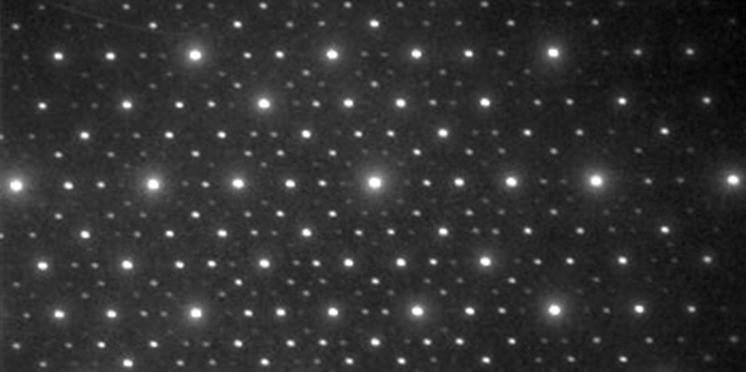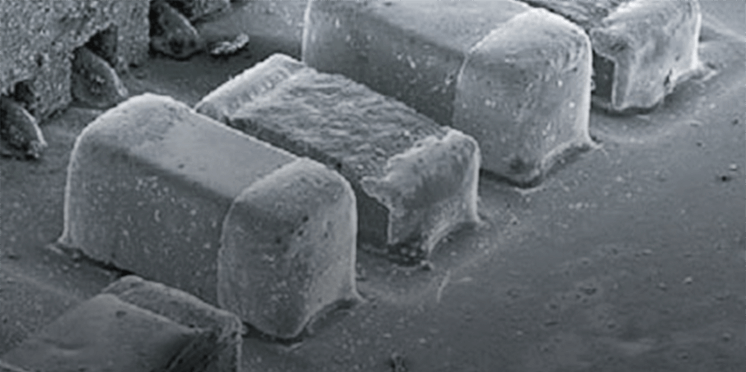侵入深さ
侵入深さ
penetration depth
[目次:理論]
入射電子が試料内部へ散乱を繰り返しながら侵入する最大深さ。
侵入深さは入射電子のエネルギーに比例し、試料の密度に反比例する。
5 keVの電子がアルミニウム(密度:2.7 g/cm-3)に入射する場合、侵入深さは約400 nmである。入射電子のエネルギーが10 keVの場合、侵入深さは約1.0μmになる。また、5 keVの電子が金(密度:19.3 g/cm-3)に入射すると、その侵入深さは約60 nm、10 keVでは150 nmになる。
"Penetration depth" means the maximum depth, at which the incident electrons finally stop after repeatedly scattered and penetrating into a specimen while losing their energy.
The penetration depth is proportional to the incident electron energy and inversely proportional to the density of the specimen.
For example, the penetration depth for solid aluminum (density: 2.7 g/cm-3) is approximately 400 nm at an incident electron energy of 5 keV, but increases as large as approximately 1.0 μm at 10 keV. As another example, it is approximately 60 nm and 150 nm for gold (density: 19.3 g/cm-3) respectively at incident electron energies of 5 keV and 10 keV.
関連用語から探す
説明に「侵入深さ」が含まれている用語






